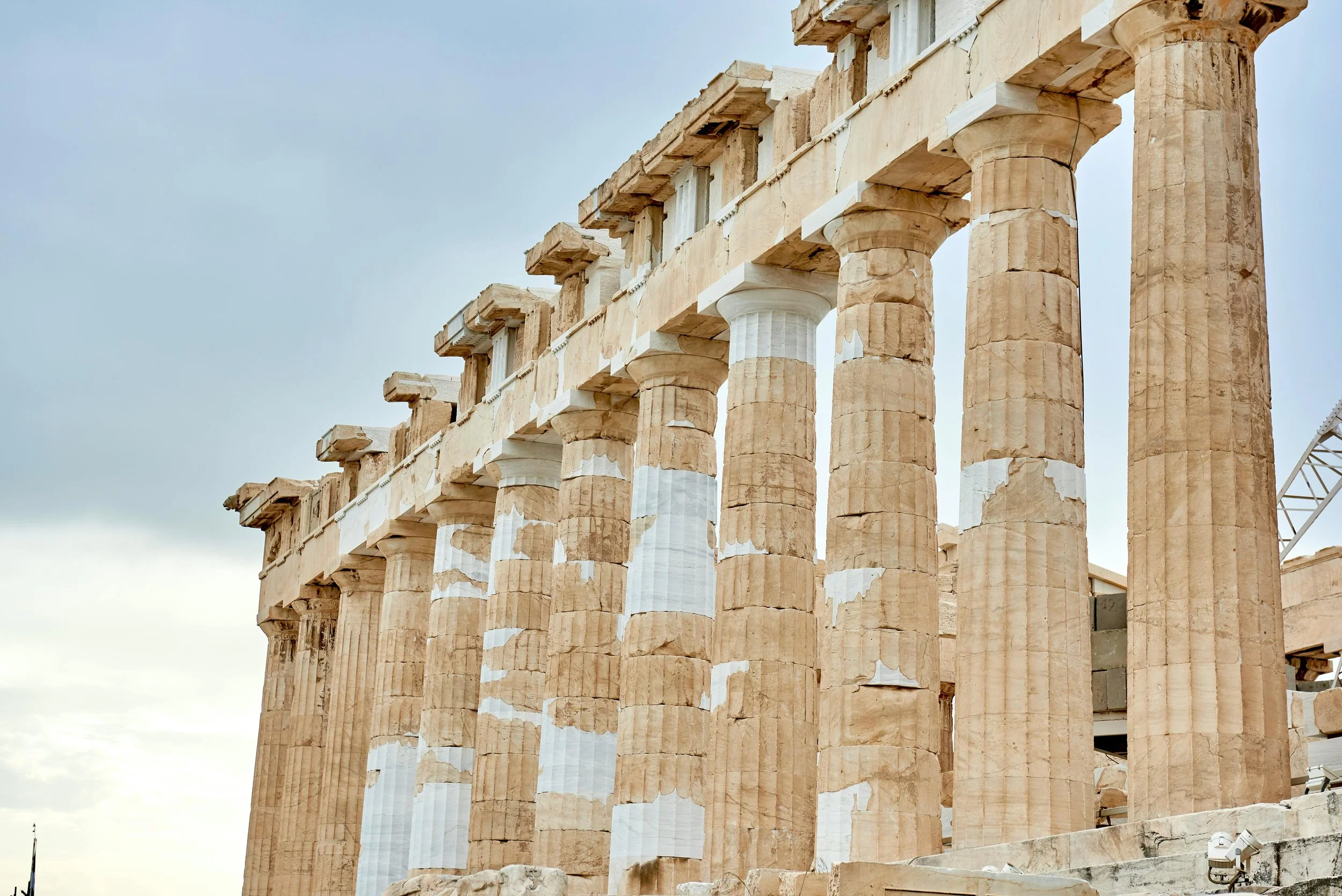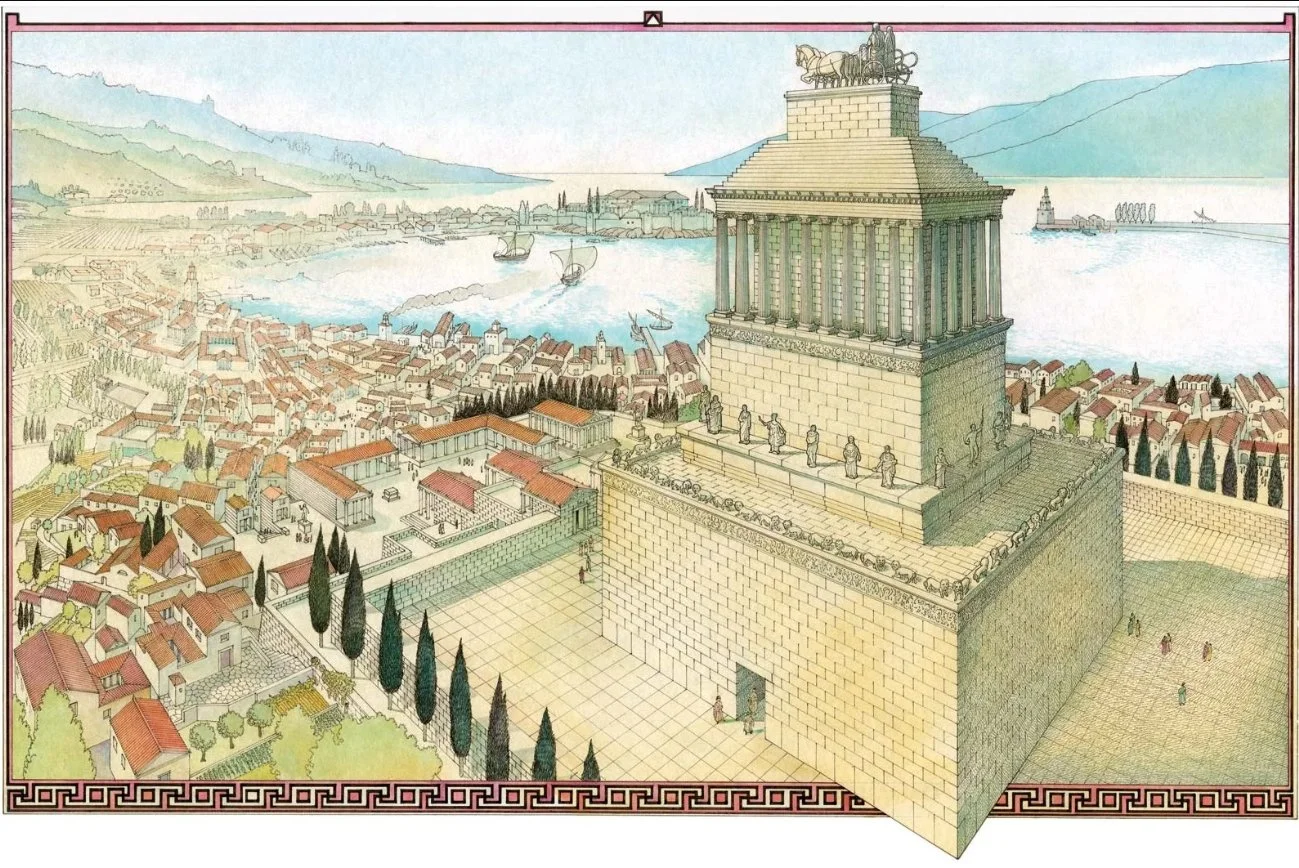Seven Wonders of the Ancient World
Disclosure: This post may contain affiliate links, meaning I get a commission if you decide to make a purchase through my links, at no cost to you
Imagine a time when human creativity and engineering genius found ways to defy limits.
Across the ancient world, remarkable civilizations left behind awe-inspiring monuments so breathtaking that travelers and historians declared them the Seven Wonders.
From towering statues to colossal temples, each wonder told a story of ambition, artistry, and a desire to leave a mark on history.
Though most have long since crumbled, their legends still stir the imagination, reminding us of humanity’s timeless drive to build the extraordinary.
Ready to explore?
In this post, we’ll journey through each of the Seven Wonders, sharing a handful of intriguing facts along the way.
The Great Pyramid of Giza—the last surviving wonder of the ancient world—has stood in Egypt for over 4,500 years. Built as the grand tomb of Pharaoh Khufu, this monumental structure once rose to an impressive 482 feet, though erosion has reduced it to 449 feet today. Its base and sides each stretch 755 feet, with the sides rising at a precise 51.87° angle and aligned almost perfectly to the four cardinal points of the compass. Crafted from about 2.3 million stone blocks, the pyramid’s core is made of yellowish limestone, its inner passages of finer light-colored limestone, and its burial chamber from massive granite blocks. So expertly fitted are the stones that there are virtually no gaps between them.
The Hanging Gardens of Babylon were said to be a breathtaking masterpiece of ancient engineering—an ascending series of tiered gardens overflowing with trees, shrubs, and flowering vines. Built in the ancient city of Babylon, in present-day Iraq, these lush terraces seemed to defy the arid landscape, with plants thriving on raised structures much like grand stone balconies. According to legend, King Nebuchadnezzar II, who ruled from 605 to 562 BC, created the gardens for his wife, Queen Amytis, to remind her of her homeland’s rolling green hills and valleys. Yet despite their fame, historians still debate whether these gardens were a real wonder of the ancient world or simply a beautiful myth passed down through time.
The Statue of Zeus at Olympia was a towering tribute to the king of the Greek Gods, created by sculptor Phidias in the 5th century BC. Standing over 40 feet tall inside the Temple of Zeus. The statue depicted the God seated on an elaborate cedarwood throne, with ebony, ivory, gold and precious stones. The craftmanship was so exquisite that ancient visitors claimed it was almost alive. It is unknown how the statue was destroyed, likely by fire, earthquake, or flood.
The Temple of Artemis at Ephesus, located in present day Turkey. Built and dedicated to Artemis, the Greek Goddess of the hunt, the moon, and nature. The temple was rebuilt several times, each version more magnificent than the last. Its grand marble structure boasted over a hundred towering columns, each intricately carved, and the walls were adorned with exquisite sculptures and reliefs. Described as so beautiful it seemed to glow in the sunlight. It was eventually destroyed by fire, and later by plunder, leaving only ruins.
The Mausoleum at Halicarnassus, modern day Turkey, was both a tomb and a work of art so extraordinary that it gave its name to all grand tombs afterward. Built in the 4th century BC for King Mausolus of Caria. The structure rose to about 148 feet, combining Greek, Egyptian, and Lycian architectural styles. Its marble walls were decorated with intricate reliefs, statues of Gods, warriors and horses. The Mausoleum stood for centuries, surviving invasions, and earthquakes before finally collapsing in the Middle Ages.
The Colossus of Rhodes was a massive bronze statue of the Greek sun God Helios, erected on the Greek island of Rhodes in the ancient world in the early 3rd century BC. The statue was believed to have been almost 100 feet tall and built to celebrate the city’s victory over an invading army. The statue only stood for about 54 years before being toppled by an earthquake.
The Lighthouse of Alexandria, also known as the Pharos of Alexandria, was a shinning beacon of the ancient world, guiding sailors safely into the port of Alexandria for nearly 1,500 years, located in Egypt on the small island of Pharos. It is believed to have been over 300 feet tall, making it one of the tallest man-made structures of its time. Using fire at night, possibly fueled by wood or oil, and polished mirrors to reflect sunlight during the day, potentially visible up to 35 miles away. The structure was eventually brought down by earthquakes.
The Seven Wonders of the Ancient World may exist now only in ruins or in legend, but their stories still spark curiosity and wonder today. They show us what humanity can achieve with vision, determination, and artistry. If these ancient marvels captivate you, there’s so much more to explore—history is full of hidden treasures waiting to be uncovered.
Be sure to check out my other posts on architectural wonders and ancient history!








